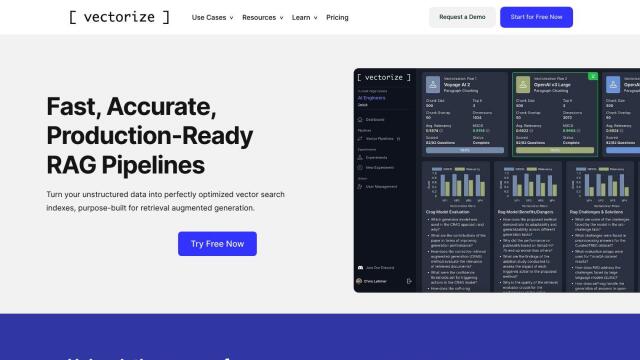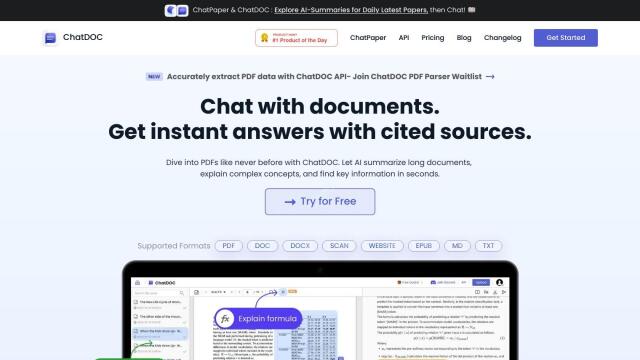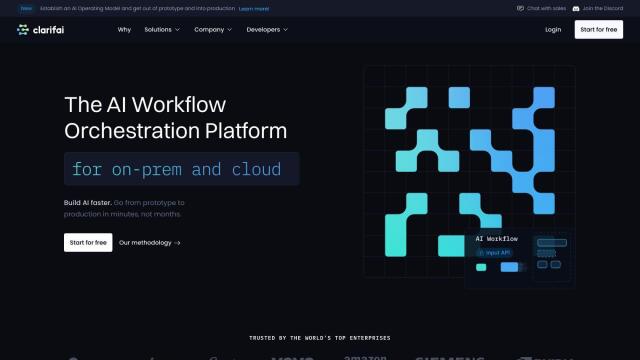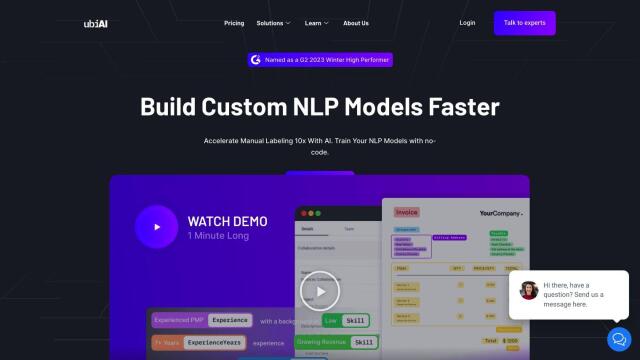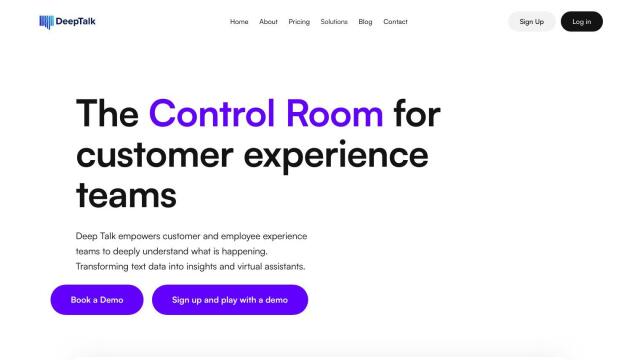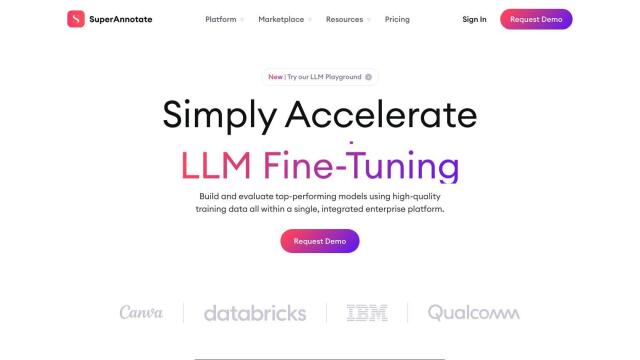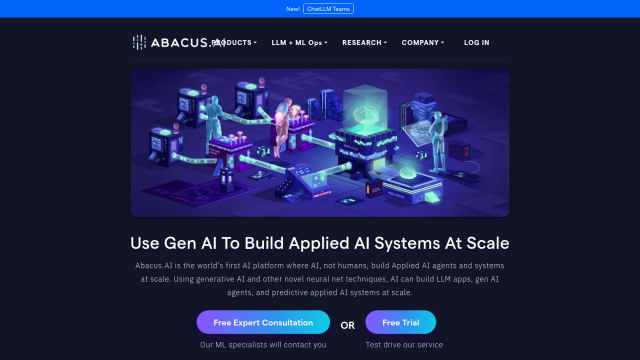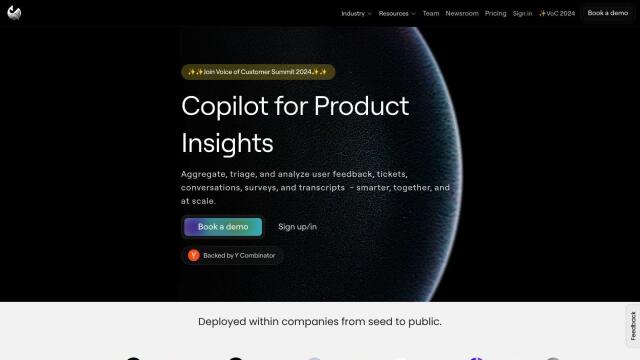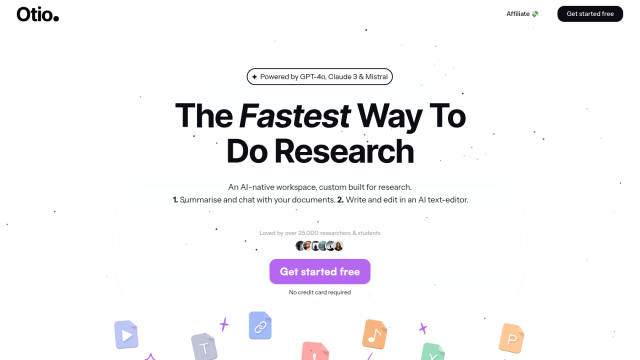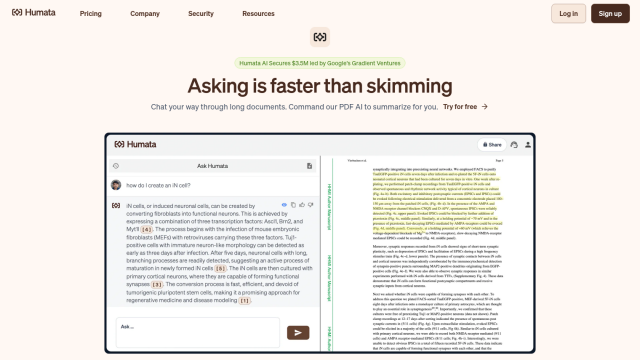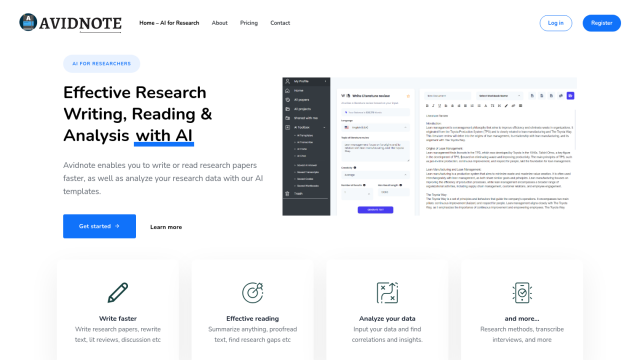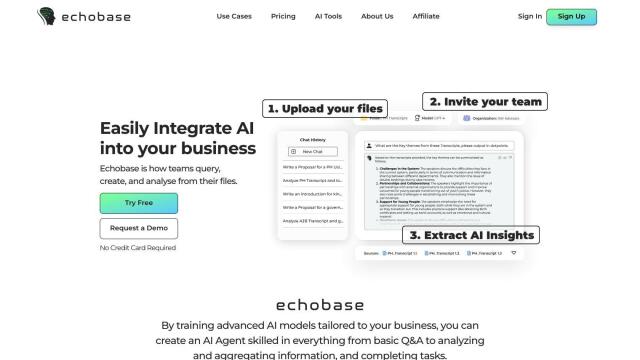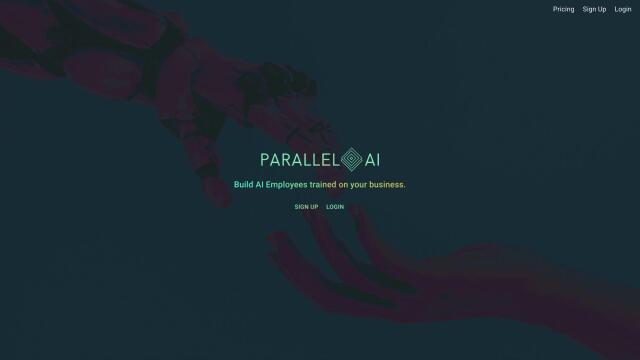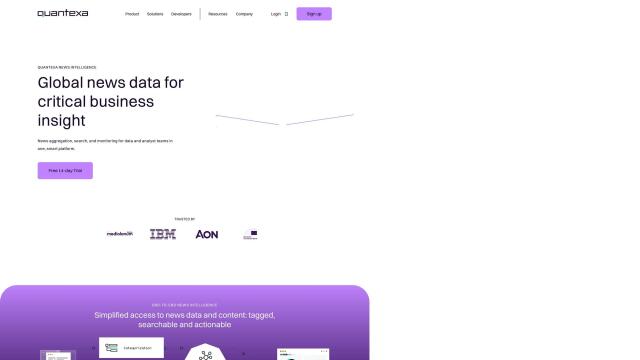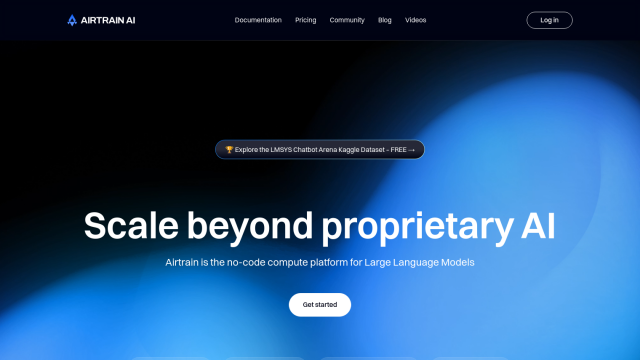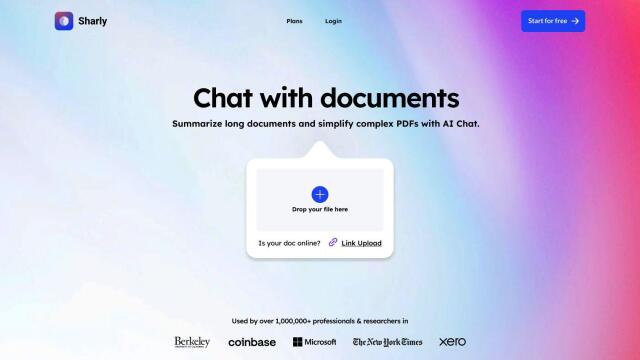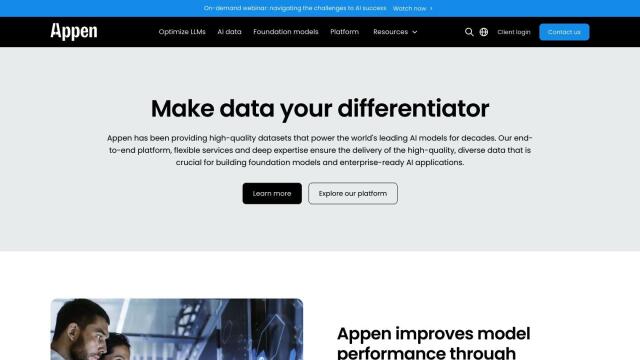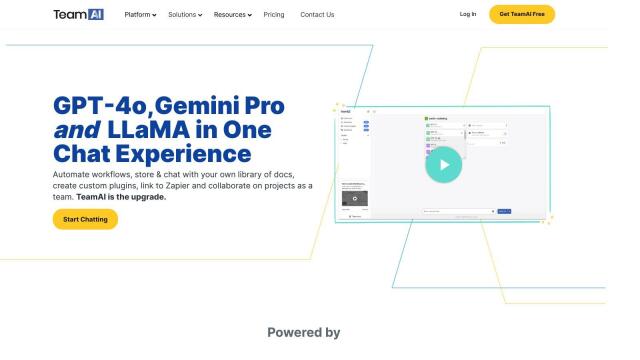Question: Can you recommend a service that uses AI to categorize and analyze large amounts of text data?

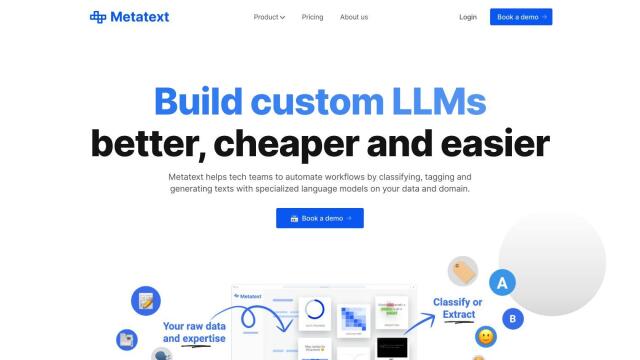
Metatext
For using AI to categorize and analyze text data, Metatext is a strong contender. You can train your own NLP models without heavy programming expertise, which is useful for tasks like text classification, tagging and generation. Metatext is multilingual and can handle a wide range of tasks, including customer service, market sentiment analysis and medical research.
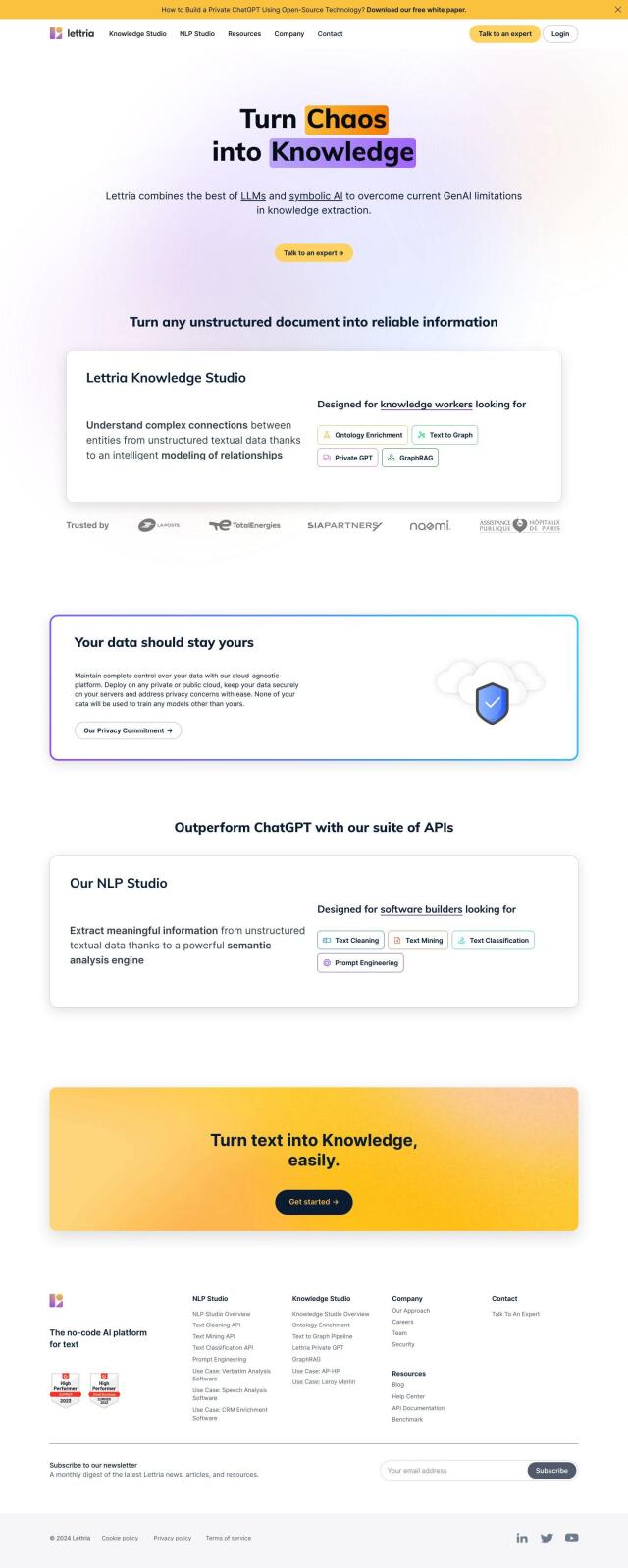
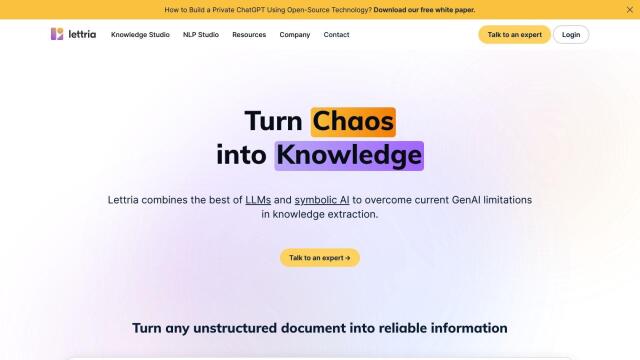
Lettria
Another strong contender is Lettria, a no-code AI platform that marries Large Language Models with symbolic AI to extract insights from text data. It comes with tools for text preprocessing, mining, classification and prompt engineering. Lettria's interface is designed to be easy to use, and it can run in private or public cloud environments for better data security and easier integration. It's good for building knowledge graphs and getting more out of text.

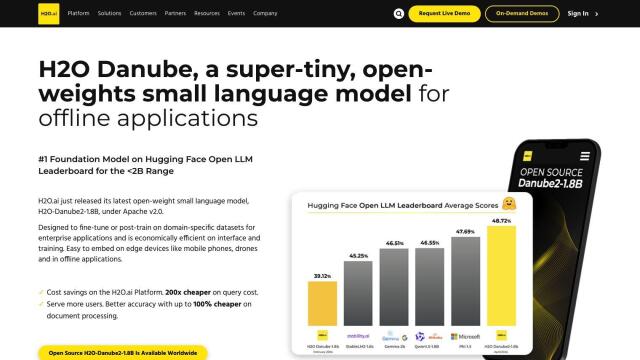
H2O.ai
H2O.ai offers an end-to-end AI platform with modules for predictive and generative AI, document extraction and content analysis. It can run in cloud, hybrid or on-premises environments, and its Python client APIs let you integrate it with your own software. That makes it a good fit for companies that want to analyze documents and automate some processes.
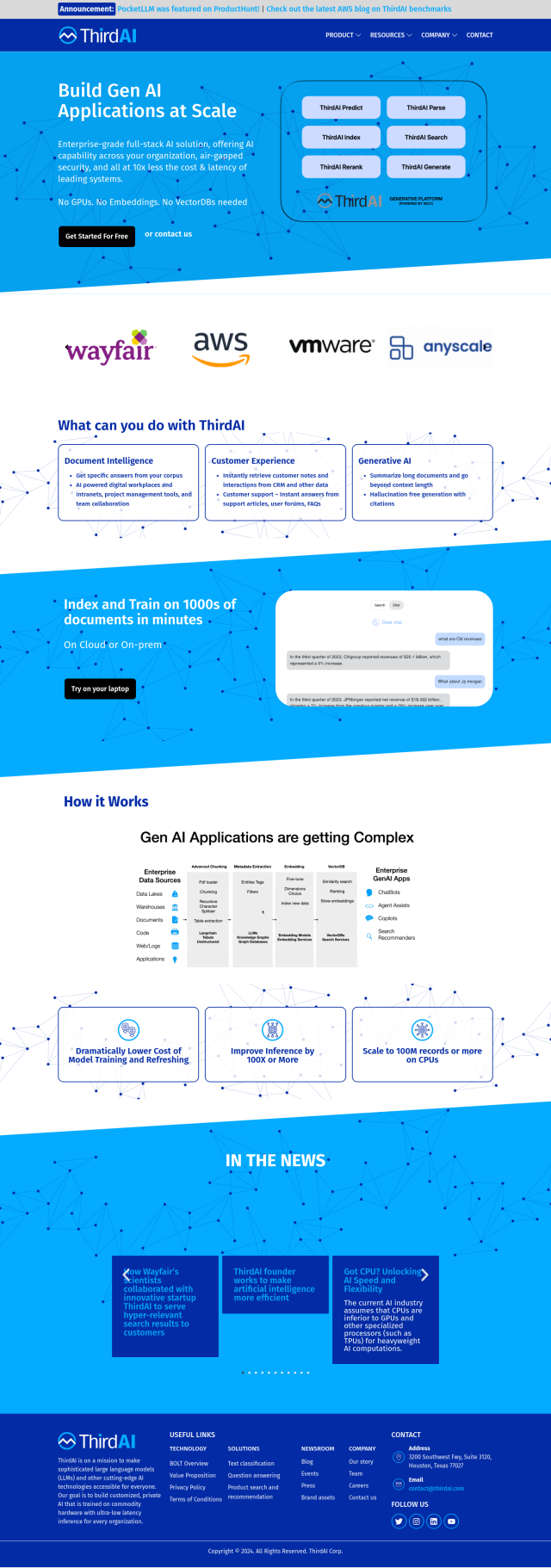
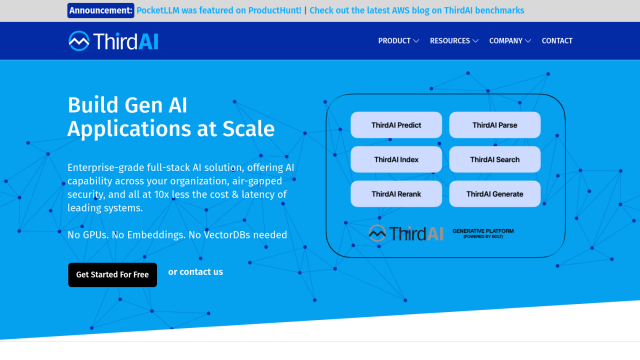
ThirdAI
Last is ThirdAI, which offers a customizable platform that makes large language models available without requiring you to have expensive hardware. It's good for tasks like document intelligence, customer experience and generative AI for summarizing documents. Its tiered pricing plans and integration with existing workflows make it a good fit for companies that want to add text data analysis abilities.

